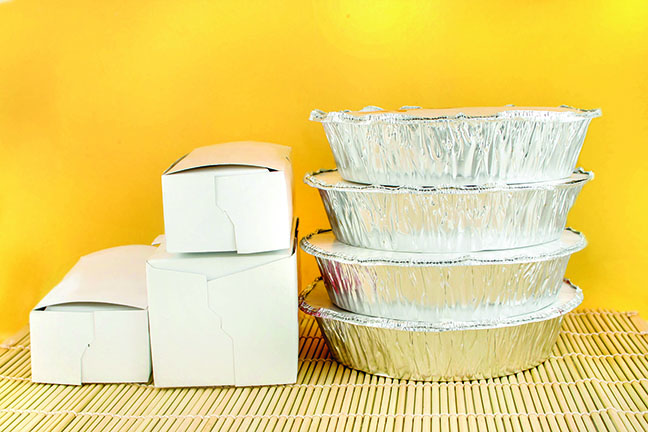Reduce food wastes and save money while doing it


Residents are asked to celebrate Food Waste Prevention Week, April 7-13, by using simple tips to keep food waste out of Wisconsin landfills, while saving money. The DNR’s 2020-21 statewide waste characterization study, found that wasted food was the largest component of trash in Wisconsin.
Wasted food is defined as edible food thrown away before it is eaten or because it is spoiled. When food scraps like banana peels were included, approximately 854,000 tons of food waste and scraps, or 294 pounds, per Wisconsinite, were sent to the state’s landfills in 2020.
When food waste breaks down in landfills, it produces methane, a potent greenhouse gas.
Households contribute heavily to this, with food waste making up 30 percent of residential trash. A 2020 study by Penn State University, estimated households lose $1,866 a year, on food that’s thrown out.
“Through food waste prevention, Wisconsinites have a major opportunity to make a positive impact on the environment, while saving money on their grocery bills,” said Kate Strom Hiorns, director of the DNR’s Waste and Materials Management Program. “Food Waste Prevention Week is a great time to look at how you can reduce the amount of food you throw away.”
The following are some tips to consider, in order to prevent and reduce food waste at home:
• Understand date labels and when food items are actually unsafe. Date labels are not regulated by federal law and do not indicate food safety, with the exception of infant formula. Manufacturers provide dates to help consumers and retailers decide when food is of peak quality. The U.S. Department of Agriculture advises consumers to examine foods to determine if the quality is sufficient for use. Relying on the eyes and an old-fashioned sniff test, can be a better indicator of whether food is good to eat, and help avoid disposing of healthy and safe food.
• Shop with a plan and prepare for gatherings. Buying more food than what is needed, often leads to more food waste. Reduce this problem by taking inventory of what is already on-hand, planning meals and making detailed shopping lists. Spread the leftover love, by having containers on-hand to send guests home with their favorites.
• Store food to extend its life. Proper food storage can reduce waste, and save the time and money associated with additional grocery store runs.
• Freeze before tossing. Consider popping leftovers and surplus ingredients in the freezer, before it’s too late. Freezing food is like hitting the pause button and preserving it, until ready to eat it. Extra eggs can be removed from their shells and frozen. Vegetable scraps, extra meat and bones can be frozen, and used later for soup stock.




